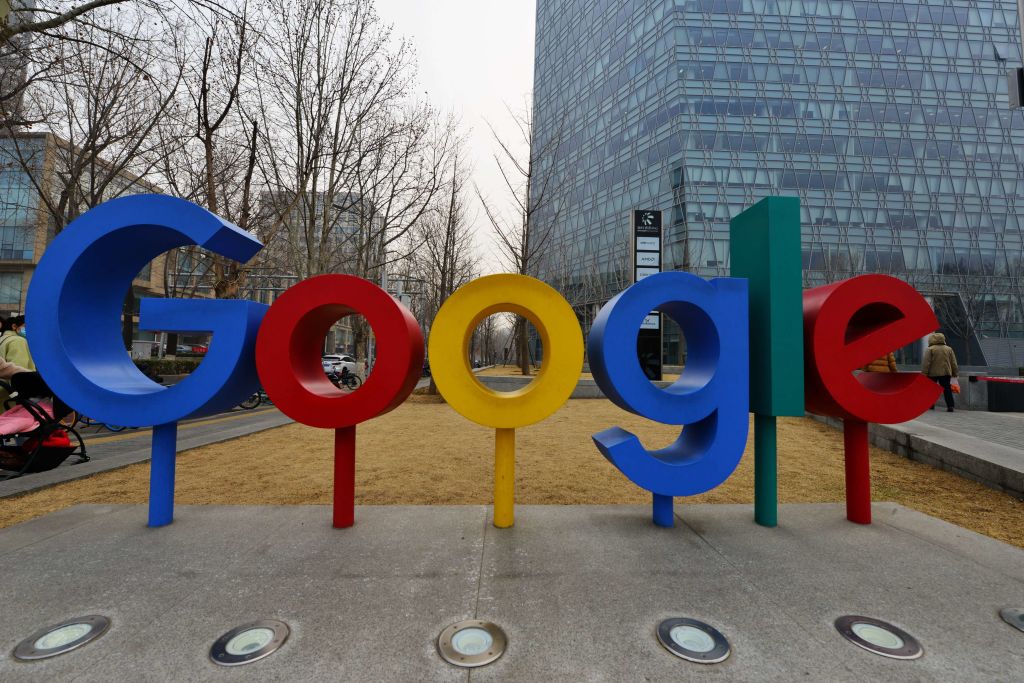Silver soared, then dropped. Whatever happens now, the metal’s price movements will look nothing like what happened with the stocks that faced a spectacular short squeeze and are now falling.
Monday, the price of actual silver rose as much as 9% to $29.52 per ounce. “Retail traders who drove the short squeezes in stocks like GME last week were banding together to try and trigger a squeeze in silver,” wrote Tom Essaye, founder of Seven’s Report Research, in a note.
It all revolves around the practice of short selling, where people borrow a stock and sell it, hoping the price will fall, making it possible to buy shares at a lower price and return them. A short squeeze happens when the price of the stock rises, rather than falls, forcing short sellers to buy. If a lot of the stock available for trading has been sold short, there can be a scramble to buy that triggers spectacular price gains.
That is what happened with GameStop (ticker: GME) last month. Other stocks that had been aggressively sold short surged as well.
But the iShares Silver Trust (SLV), after rising 11% to $27.76 a share Monday, is now down 11% from that level. There are key differences between companies like GameStop and AMC Entertainment (AMC) and silver.
First off, GameStop rose as much as 1,800% in a few weeks in January. AMC rose as much as 890% in roughly the same period. The iShares Silver exchange-traded fund, which buys futures contracts linked to the direction of the metal’s price, rose to roughly its all-time high of $27, set in August, and failed to break past it.
With the price down Tuesday, fundamentals, rather than the possibility of a short squeeze, are returning to the fore. While silver is an asset that can take part in a “reflation rally,” or one that occurs when economic stimulus jolts an economy out of recession and spurs inflation, that possibility doesn’t seem to have been enough to send the silver ETF to a new high.
Importantly, options trading was an important factor in the gains for GameStop and AMC. Retail traders were buying calls, or the right to buy shares at a specified strike price on a later date. The hope is that an option’s strike price will be lower than the stock’s price when that day comes, making it possible to buy at the strike price and make a profit by immediately selling on the open market.
That possibility forces the brokers who wrote the options contracts to hedge by buying the shares. It adds to demand for a stock and can contribute to a short squeeze, as appears to have happened with GameStop and AMC. Retail traders posting on Reddit were able to move the stock without much capital because they could buy call options at a far lower price per underlying share than the cost of the actual stock.
For silver, the overarching theme is that retail traders can’t summon up the large pool of capital needed to create huge demand for silver.
Traders aren’t buying calls on silver right now, Andrew Smith, chief investment strategist at Delos Capital Advisors, told Barron’s, citing the activity he saw Tuesday. That’s partly because buying calls on commodity ETFs, which reflect a blended forward expected price—based on the prices forecast for several different dates—is a complex process.
Buying silver outright, which is what retail traders did, requires much more money. There are no call options and no need for brokers to hedge against them.
“Squeezing the market isn’t likely” from here, wrote Jeff Currie, global head of commodities research at Goldman Sachs, in a note. In order for the WallStreetBets crowd to send silver prices up the 700% they rose in 1980, when the wealthy Hunt brothers gobbled up almost one-third of the global supply, they would have to own 4,600 tons of silver each.
Silver could certainly charge ahead, just not so fast so soon.
 Copyright 2020, Dow Jones & Company, Inc. All Rights Reserved Worldwide. LEARN MORE
Copyright 2020, Dow Jones & Company, Inc. All Rights Reserved Worldwide. LEARN MORE
What a quarter-million dollars gets you in the western capital.
Alexandre de Betak and his wife are focusing on their most personal project yet.
CIOs can take steps now to reduce risks associated with today’s IT landscape
As tech leaders race to bring Windows systems back online after Friday’s software update by cybersecurity company CrowdStrike crashed around 8.5 million machines worldwide, experts share with CIO Journal their takeaways for preparing for the next major information technology outage.
Be familiar with how vendors develop, test and release their software
IT leaders should hold vendors deeply integrated within IT systems, such as CrowdStrike , to a “very high standard” of development, release quality and assurance, said Neil MacDonald , a Gartner vice president.
“Any security vendor has a responsibility to do extensive regression testing on all versions of Windows before an update is rolled out,” he said.
That involves asking existing vendors to explain how they write software, what testing they do and whether customers may choose how quickly to roll out an update.
“Incidents like this remind all of us in the CIO community of the importance of ensuring availability, reliability and security by prioritizing guardrails such as deployment and testing procedures and practices,” said Amy Farrow, chief information officer of IT automation and security company Infoblox.
Re-evaluate how your firm accepts software updates from ‘trusted’ vendors
While automatically accepting software updates has become the norm—and a recommended security practice—the CrowdStrike outage is a reminder to take a pause, some CIOs said.
“We still should be doing the full testing of packages and upgrades and new features,” said Paul Davis, a field chief information security officer at software development platform maker JFrog . undefined undefined Though it’s not feasible to test every update, especially for as many as hundreds of software vendors, Davis said he makes it a priority to test software patches according to their potential severity and size.
Automation, and maybe even artificial intelligence-based IT tools, can help.
“Humans are not very good at catching errors in thousands of lines of code,” said Jack Hidary, chief executive of AI and quantum company SandboxAQ. “We need AI trained to look for the interdependence of new software updates with the existing stack of software.”
Develop a disaster recovery plan
An incident rendering Windows computers unusable is similar to a natural disaster with systems knocked offline, said Gartner’s MacDonald. That’s why businesses should consider natural disaster recovery plans for maintaining the resiliency of their operations.
One way to do that is to set up a “clean room,” or an environment isolated from other systems, to use to bring critical systems back online, according to Chirag Mehta, a cybersecurity analyst at Constellation Research.
Businesses should also hold tabletop exercises to simulate risk scenarios, including IT outages and potential cyber threats, Mehta said.
Companies that back up data regularly were likely less impacted by the CrowdStrike outage, according to Victor Zyamzin, chief business officer of security company Qrator Labs. “Another suggestion for companies, and we’ve been saying that again and again for decades, is that you should have some backup procedure applied, running and regularly tested,” he said.
Review vendor and insurance contracts
For any vendor with a significant impact on company operations , MacDonald said companies can review their contracts and look for clauses indicating the vendors must provide reliable and stable software.
“That’s where you may have an advantage to say, if an update causes an outage, is there a clause in the contract that would cover that?” he said.
If it doesn’t, tech leaders can aim to negotiate a discount serving as a form of compensation at renewal time, MacDonald added.
The outage also highlights the importance of insurance in providing companies with bottom-line protection against cyber risks, said Peter Halprin, a partner with law firm Haynes Boone focused on cyber insurance.
This coverage can include protection against business income losses, such as those associated with an outage, whether caused by the insured company or a service provider, Halprin said.
Weigh the advantages and disadvantages of the various platforms
The CrowdStrike update affected only devices running Microsoft Windows-based systems , prompting fresh questions over whether enterprises should rely on Windows computers.
CrowdStrike runs on Windows devices through access to the kernel, the part of an operating system containing a computer’s core functions. That’s not the same for Apple ’s Mac operating system and Linux, which don’t allow the same level of access, said Mehta.
Some businesses have converted to Chromebooks , simple laptops developed by Alphabet -owned Google that run on the Chrome operating system . “Not all of them require deeper access to things,” Mehta said. “What are you doing on your laptop that actually requires Windows?”















